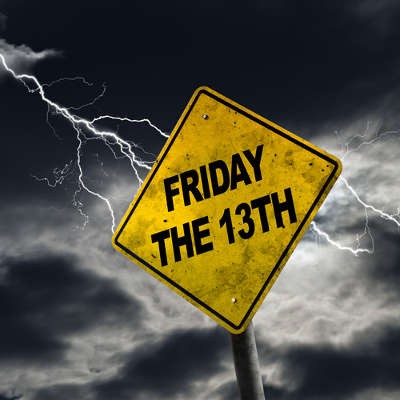Whether you are suspicious or not, today seems like a good day to talk out what can happen if some bad luck interferes with your business. Disasters can come in all shapes and sizes, from a freak storm destroying your place of business and every IT component you had inside, to an employee whose path was crossed by a black cat accidentally spilling their coffee on their keyboard as they access some key data.
With so much that can go wrong on the best of days, can you really afford to go without a little insurance?
After all, the majority of businesses that are unable to recover their lost data are out of business within a year--a statistic only made more alarming when one considers how many small and medium-sized businesses don’t bother backing up their data. These businesses are like the character in every horror movie that says that there’s “nothing to worry about,”
Remember, these characters are usually the next to fall into the monster’s clutches.
However, instead of being dragged to their fate off-camera, unprepared businesses can do something about their prospects of survival. A Backup and Disaster Recovery solution (or BDR) can be a big help where your business’ safety and security is concerned. Your BDR should be cloud-based and needs to be ready to help your business bounce back from whatever threatens it. Here are three different methods that a BDR uses to make that happen.
Cloud Storage
Using the cloud to store a data backup is firmly a best practice in today’s business computing needs. First of all, the cloud allows your BDR device to keep your backups away from your physical location. This keeps your backups safe from being destroyed by the same disaster that eliminated the original copy of your critical data.
Take a Backup Multiple Times a Day
In the past, tape backups were the method of choice for most backup needs. However, these systems had a few drawbacks that have rendered them obsolete. For example, taking a backup used so many resources, they could only be performed after-hours. This meant that you could potentially lose a full day of progress, especially if the backup was never activated at the end of the day. On the other hand, a BDR that utilizes the cloud to take backups can take multiple backups each day, reducing the amount of potential data loss.
Reduced Downtime
Downtime is never a good thing to experience, so minimizing it as much as possible is ideal for any business. A BDR can help to do just that, either by acting as a temporary server while needed, and restore your data instantaneously to a network-attached device, allowing your operations to resume with minimal time wasted.
Whether you break a mirror at the start of your day, or you step on a crack in the walkway, we can help protect your business against data threats of all kinds. Reach out to us at (305) 448-6126 for help with your data practices--before it's too late!

